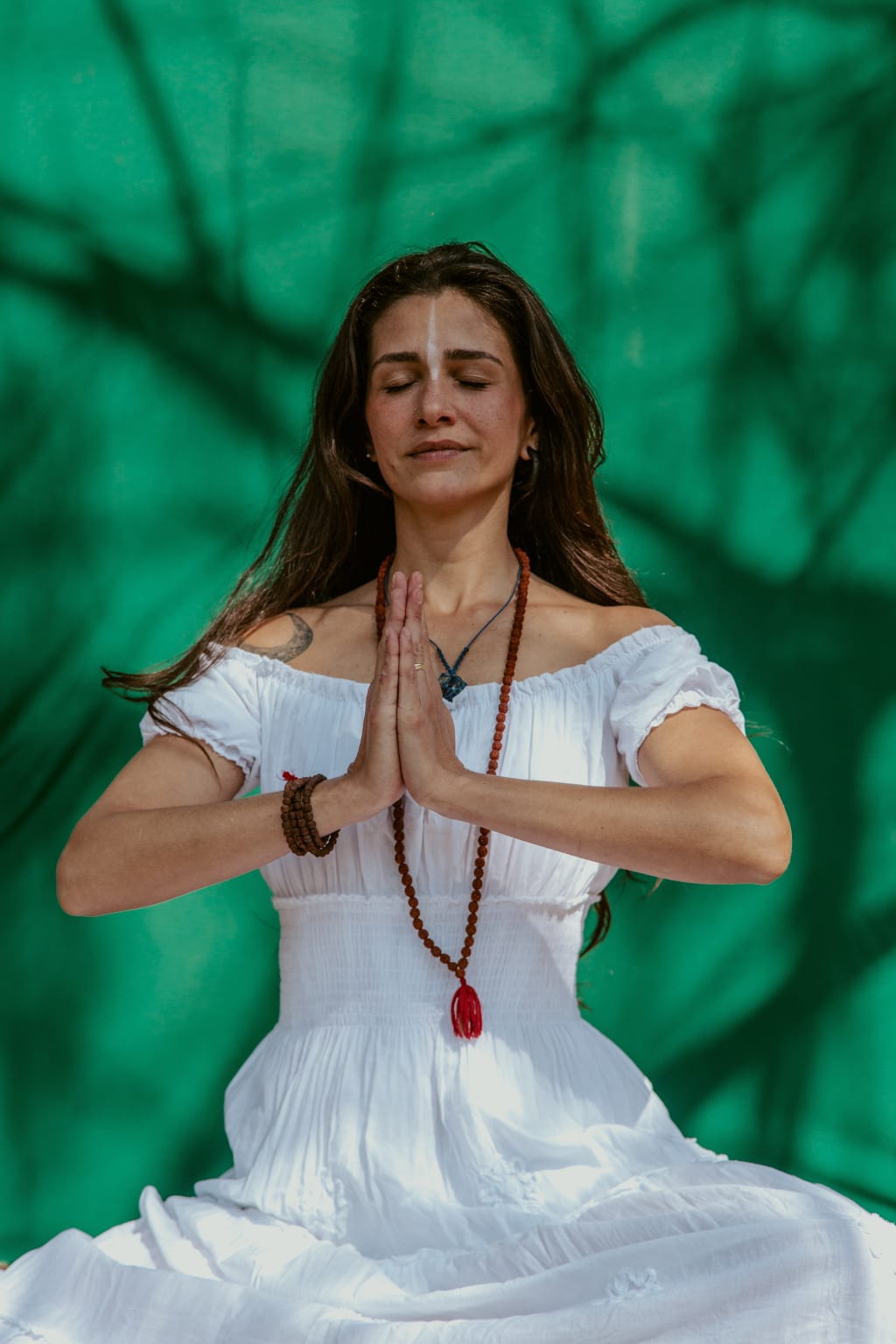What is Pranayama?
Brief history and basic instructions

Pranayama, also known as Pranic breathing, is an ancient and important aspect of yoga. Pranayama refers to the regulation and control of the breath, and is considered to be one of the most powerful tools for promoting physical and mental well-being. In this article, we will explore the history of pranayama, its proven benefits, the potential benefits, and how to take a pranic breath.
History of Pranayama:
Pranayama has its roots in ancient India and is mentioned in many of the ancient Hindu scriptures, including the Vedas and the Yoga Sutras of Patanjali. According to these scriptures, pranayama is considered to be a crucial component of yoga practice, as it is believed to have the power to purify the body, calm the mind, and promote spiritual growth.
Pranayama was traditionally passed down orally from teacher to student, and it was often taught only to advanced practitioners who had mastered other aspects of yoga practice. In recent years, pranayama has gained wider recognition and popularity, as more and more people have discovered its many physical and mental benefits.
Proven Benefits of Pranayama:
There are many proven benefits of pranayama, including:
Improved respiratory function: Pranayama can help to improve the function of the respiratory system, as it increases the flow of oxygen to the body. This can help to reduce symptoms of conditions such as asthma and bronchitis, and improve overall respiratory health.
Reduced stress and anxiety: Pranayama has been shown to be effective in reducing stress and anxiety, as it calms the mind and relaxes the body. By practicing pranayama regularly, individuals can experience a reduction in symptoms of conditions such as anxiety and depression.
Improved heart health: Pranayama has been shown to be beneficial for heart health, as it can help to lower blood pressure, reduce the risk of heart disease, and improve cardiovascular function.
Enhanced immune function: Pranayama has been shown to boost the immune system, as it increases the flow of oxygen and nutrients to the body. This can help to improve overall health and reduce the risk of illness and disease.
Potential Benefits of Pranayama:
While the benefits of pranayama are well documented, there is also a growing body of research that suggests that there are many other potential benefits of pranayama that are yet to be fully understood. Some of these potential benefits include:
Improved brain function: Pranayama has been shown to improve brain function and cognitive performance, as it increases the flow of oxygen to the brain. This can help to improve memory and concentration, and reduce symptoms of conditions such as ADHD and depression.
Reduced pain and inflammation: Pranayama has been shown to reduce pain and inflammation in the body, as it increases the flow of oxygen and nutrients to the affected areas. This can help to reduce symptoms of conditions such as arthritis and fibromyalgia.
Improved sleep: Pranayama has been shown to improve sleep quality and reduce symptoms of insomnia, as it calms the mind and relaxes the body. By practicing pranayama regularly, individuals can experience a reduction in symptoms of sleep disorders and improve their overall sleep quality.
How to Take a Pranic Breath:
Taking a pranic breath is a simple and effective way to experience the benefits of pranayama. To take a pranic breath, follow these steps:
- Find a comfortable seated position, with your back straight and your feet flat on the floor. You can sit cross-legged, in a chair, or on a cushion, depending on your comfort level.
- Close your eyes and take a few deep breaths, allowing your body to relax and your mind to calm.
- Begin by taking a deep breath in through your nose, filling your lungs completely with air, beginning with the bottom working your way up to the top of your lungs.
- Hold your breath for a few seconds, and then slowly exhale through your nose, allowing all of the air to escape your lungs.
Repeat this deep breathing pattern, inhaling through your nose and exhaling through your nose, for several breaths.
As you continue to practice, you can gradually increase the length of time you hold your breath, and the number of breaths you take.
When you are finished, take a few deep breaths and then slowly open your eyes.
It is important to note that pranayama should be practiced under the guidance of a trained teacher, especially if you are new to the practice. This will help to ensure that you are practicing correctly and safely, and will also allow you to receive guidance and feedback as you progress in your practice.
Pranayama is an ancient and powerful aspect of yoga that can help to promote physical and mental well-being. By taking a pranic breath, you can experience the many benefits of pranayama, including improved respiratory function, reduced stress and anxiety, enhanced immune function, and improved heart health. Whether you are a seasoned yogi or a beginner, incorporating pranayama into your yoga practice can help you to improve your overall health and well-being.
The claims in this article are based on my own personal research and experience as a tantra reiki master and meditation practitioner and teacher, and are in no way meant to be taken as medical advice. Always consult a medical professional for medical advice and care.
HolisticXpressions
About the Creator
Priestess Ganesa
Artist, ordained minister, wellness empowerer and supporter. Plant based holistic services, resources, education, and reiki charged art.
Because we’re all connected, part of the same whole, I help others maintain the energy that connects us.






Comments
There are no comments for this story
Be the first to respond and start the conversation.